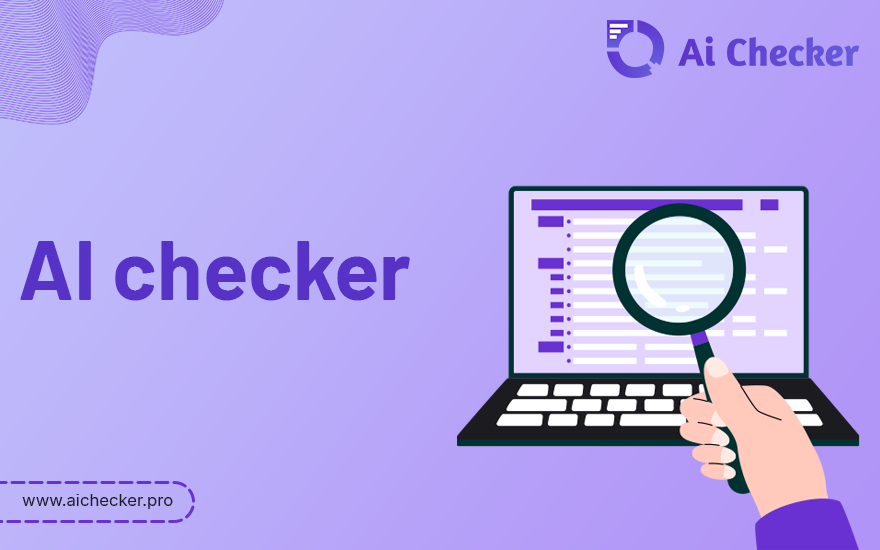Marketing firms don’t join associations for theory. They join for results. The growing demand from agency owners and consultants in 2025 isn’t about belonging to a group—it’s about seeing ROI. Marketers are done paying dues for access to forums that end in dead leads, slow exposure, or zero commercial return. They want practical outputs: leads, partnerships, and client contracts.
That’s why more firms are exploring strategic memberships designed with conversion in mind. Among these, IMA stands out. Known for its business-first approach, the group attracts agencies serious about growth. And unlike traditional associations, it doesn’t just offer prestige—it drives the pipeline.
What Makes IMA Different?
Membership with this group isn’t just symbolic. It’s structured around a clear objective: helping service providers and marketing leaders turn expertise into opportunity. It accomplishes this through tools and systems that prioritize deal flow over decorum.
Where many associations emphasize discussion, here, the focus is activation. The moment a member joins, they’re introduced to systems that are designed to match them with prospects, co-market with peers, and build credibility with decision-makers.
Let’s explore how firms are making it work—and more importantly, how it translates into business.
The Structure That Drives Growth
To understand why this ecosystem performs well, you need to look at the backbone: how it’s designed.
1. Qualified Access Over Open Entry
One of the most common problems with large associations is dilution. Thousands of members, no filtering, and a noisy feed. This membership flips that model.
Here’s how entry works:
- Agencies apply based on industry, expertise, and results
- Profiles are reviewed manually
- Only those with a defined positioning and clear offer are accepted
The result is a community that isn’t bloated. Instead, it’s focused—where every contact is more likely to be relevant to your pipeline.
2. Business-Focused Circles
Rather than creating general forums, members are sorted into curated circles. These are industry-aligned cohorts built around sectors like:
- B2B SaaS
- Healthcare and Pharma
- Fintech and Finance
- eCommerce and DTC
These groups meet monthly with structured agendas, spotlight presentations, and referral windows. It isn’t networking for the sake of being seen—it’s collaboration with buying potential.
3. Smart Event Ecosystem
Rather than hosting long conferences with uncertain payoff, this platform focuses on targeted events with specific outcomes:
- Roundtable discussions that invite buyers and service providers
- “Pitch-free” spotlight sessions with Q&A formats
- Post-event lead summaries for direct follow-up
Each event is capped for relevance and features time-bound exposure to buyers, marketing leaders, and procurement managers.
How Marketing Firms Use Membership Strategically
Joining a high-value group is one thing. Activating it is another. The most successful agencies follow structured playbooks to convert access into revenue.
Step 1: Position With Precision
Generic offers don’t win attention here. Members succeed when they present a tight offer, such as:
- “We help AI startups reduce CAC through conversion-focused video funnels.”
- “We deliver full-funnel analytics for B2B fintech with 7–figure revenue.”
Having a sharp, concise pitch makes it easier for buyers and referrers to connect the dots. Positioning is half the game.
Step 2: Show Value Before Pitching
Instead of launching into hard sells, successful members offer insights first. Some ways to do this include:
- Hosting workshops or office hours
- Creating short how-to guides shared in the community
- Participating in topic-based AMA sessions
By leading with results or methodology, they build authority—naturally drawing in leads without pushing too hard.
Step 3: Leverage Internal Matchmaking
The platform’s built-in intro system isn’t passive. Members can actively request intros to:
- Agency partners for joint bids
- Brand marketers looking to outsource
- Vendors needing complementary services
Once a request is placed, the platform team cross-references your profile and facilitates direct contact.
Key Business Features Built Into the Membership
To make revenue conversion easier, the system includes tools most agencies usually build from scratch.
Profile Page With Booking Funnel
Every member gets a branded profile with:
- 100-word value statement
- Visual portfolio integration
- Direct calendar booking feature
This profile is shared internally post-event or when you’re mentioned in a buyer request.
Referral Analytics Dashboard
Want to know where deals come from? Members can track:
- Source of introductions
- Deal status per opportunity
- Conversion timelines
It turns referrals from fuzzy exchanges into clear metrics—allowing you to improve close rates over time.
Partnership Hub
This is a shared space where firms can:
- Pitch joint service packages
- Build affiliate/referral agreements
- Post collaboration opportunities
For service providers aiming to expand without cold outreach, this has become a go-to channel.
Press, Visibility, and Thought Leadership—But With Strategy
Many firms get visibility wrong. They focus on “looking popular” instead of “being in the right room.” This membership corrects that with access to strategic visibility channels.
Here’s how visibility ties directly to lead generation:
- Select members get interviewed on industry-aligned podcasts
- Posts are syndicated across press partners with active B2B readership
- Quotes and articles are pushed via newsletters read by CMOs and agency buyers
It’s not just exposure. It’s engineered trust—leading to interest, meetings, and proposals.
Avoiding the Common Membership Mistakes
Not every member gets results. The ones who don’t often make one or more of these mistakes:
Mistake 1: Staying Passive
Joining but not contributing leads to zero outcomes. Those who treat this like a CRM—not a forum—are the ones who win.
Mistake 2: Selling Too Early
Pitching before trust is built reduces your credibility. Value-first interaction leads to conversations. Conversation leads to opportunity.
Mistake 3: No Follow-Up System
Firms that fail to follow up within 72 hours after intros or events lose the momentum. A tight internal process is essential.
The ROI Factor
Ultimately, the question isn’t “is the membership good?” but “does it return more than it costs?” Most member agencies report that a single retainer or long-term client covers multiple years of dues.
The key is engagement. Firms that:
- Contribute monthly
- Host or co-host an event
- Use internal tools consistently
…are the ones pulling in 5–6 figure returns.
Who This Works For
Not every firm is ready for a business-driven group like this. It works best for:
- Established agencies with a defined niche
- Consultants looking to scale partnerships or land mid-market clients
- Creative studios aiming to collaborate across projects
If you’re still trying to find your offer, it may be premature. But if you’re positioned and ready, this kind of system accelerates deal-making.
Conclusion: Final Thoughts
Many marketing professional associations still rely on outdated methods—slow forums, unfocused memberships, and zero deal accountability. That’s why firms are choosing value-driven networks with built-in lead mechanics. The smartest marketing agencies in 2025 aren’t chasing attention—they’re joining structured ecosystems that turn expertise into business. And that shift is redefining what it means to belong to a group that actually delivers.



